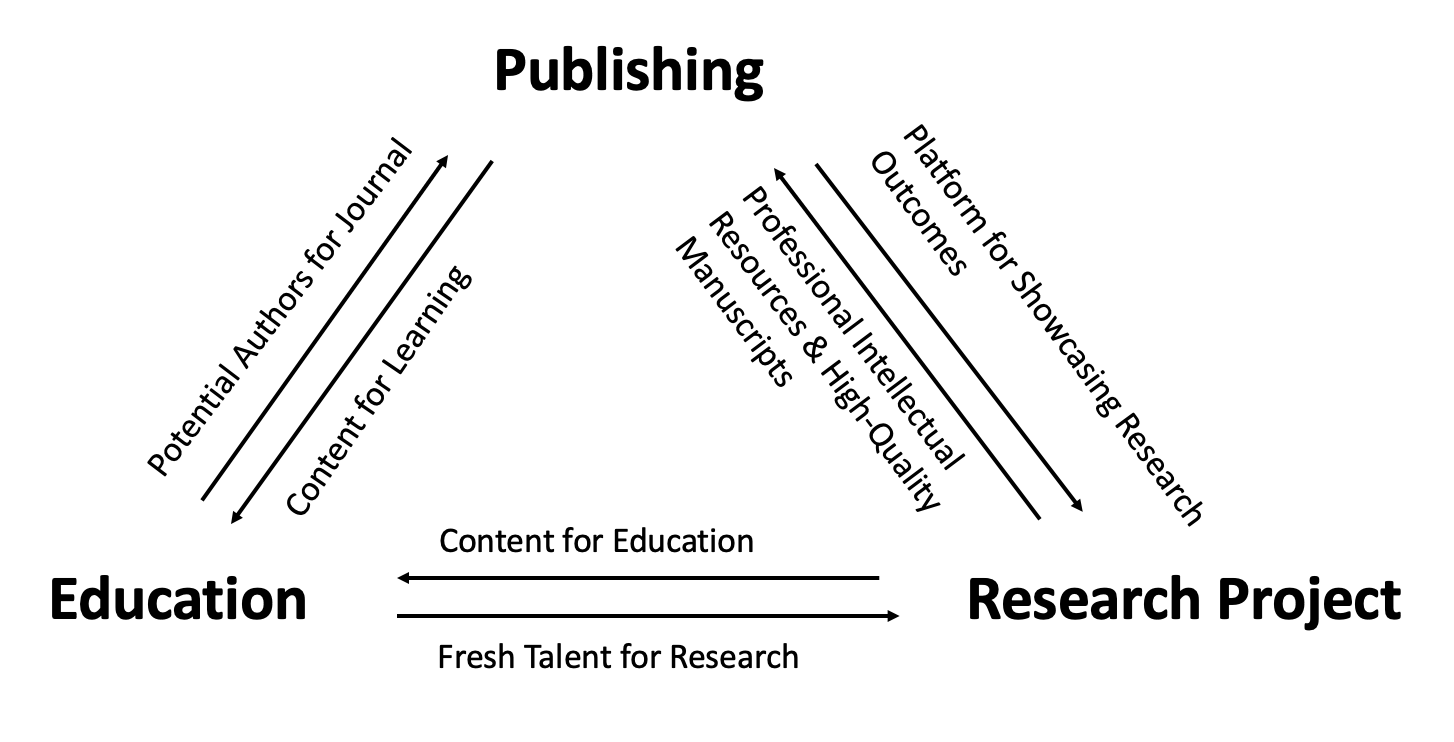
The Tsinghua University Digital Humanities(THUDH) Team, as one of the pioneers in China's DH field, has garnered widespread attention in the academic community due to its innovative work model and significant scholarly achievements. It has played a crucial role in advancing the Chinese DH research, and has made notable contributions to academic exchange and interdisciplinary collaboration. This study aims to delve into the establishment and development model of the THUDH, particularly focusing on how it has successfully created an organic and sustainable work model. This model provides valuable insights and lessons for the development of DH in China and globally. We will present the following content in a visual format on the poster.
Establishment and Development of the Team's Model
The establishment of the THUDH originated from the “Analysis and Research of Ancient Literature Classic Texts Based on Big Data Technology” project, led by Liu Shi, aiming to explore how big data technology can help the study of ancient Chinese literature. At that time in China, DH was a relatively novel concept with a lack of specialized academic journals for publishing related research findings. To address this gap, team members initiated the founding of the Journal of Digital Humanities in 2019, which became the first academic journal in the Chinese mainland dedicated to DH. Its inaugural issue garnered widespread attention in the academic world and soon received continuous financial support from publishers.
Simultaneously, the team conducted a series of educational activities within Tsinghua University, including lectures and workshops, aimed at popularizing DH knowledge and attracting interested master's and doctoral students to the field. These activities not only enhanced students' understanding of DH but also attracted new research talents to the team.
Mutual Promotion Across Three Aspects
The model of THUDH demonstrates the close interaction and symbiosis among research projects, education, and publishing. In this model, each aspect provides support and enhancement to the others.
In the operational model of the THUDH, a mutually beneficial and symbiotic relationship has been formed among research projects, education, and publishing. Research projects are at the core of this model, with the “Ancient Literature Classic Text Analysis and Research Based on Big Data Technology” project being particularly prominent. This project, grounded in the digitization of ancient texts, developed the Image Index of Global Chinese Ancient Books(全球汉籍影像开放集成系统) and the Chinese Classical Literature Resource Navigation System(中国古典文献资源导航系统). Furthermore, the team is dedicated to ancient Chinese literature research using digital methods, covering areas such as TopWORDS(top-down word discovery and segmentation), stylistics, poetry metrics, poetry history, and textual genesis. These research endeavors not only offer new perspectives to the academic community but also contribute rich content to both education and publishing.
In terms of education, the team enhanced students’ understanding of DH through offering courses such as “Introduction to Digital Humanities,” and organizing lectures and workshops. These educational activities not only provided students with theoretical knowledge but also opportunities to participate in actual research work, contributing high-quality academic content to the journal.
In the realm of publishing, the Journal of Digital Humanities, being the first academic publication in mainland China focusing on DH, served as an important platform for publishing the team's research findings. Beyond journal publishing, the team also utilized multiple channels such as the “Digital Humanities in China” website, WeChat official platform “DH数字人文,” and Twitter account, to swiftly disseminate research outcomes and facilitate academic exchange both domestically and internationally.
Conclusion
The THUDH has successfully established a mutually beneficial cycle of work, where research, education, and publishing support each other. Research projects provide professional intellectual resources and high-quality manuscripts for the journal, which in turn offers a platform for showcasing research outcomes, facilitating their widespread dissemination. Additionally, the contributions of team members in education have brought fresh talent to research projects, while educational activities have also cultivated potential authors for the journal. This model not only deepens and broadens academic research but also fosters continuous development and innovation within the discipline, becoming a sustainable model for DH teams.
